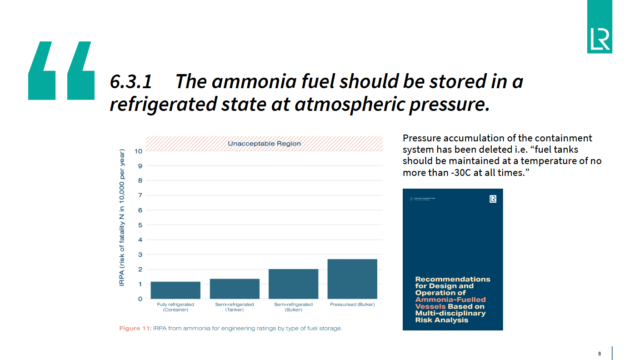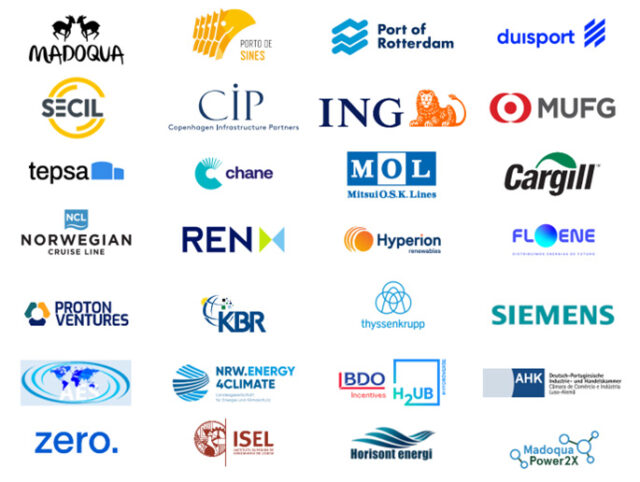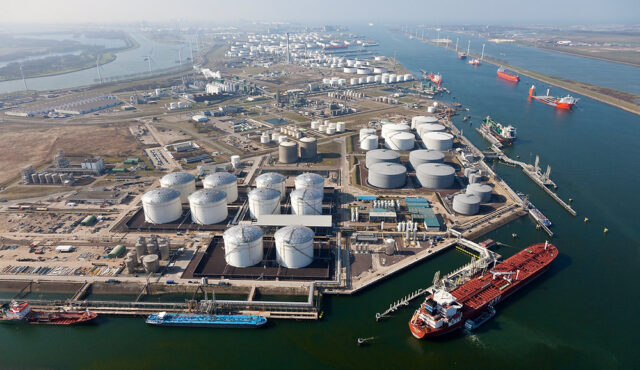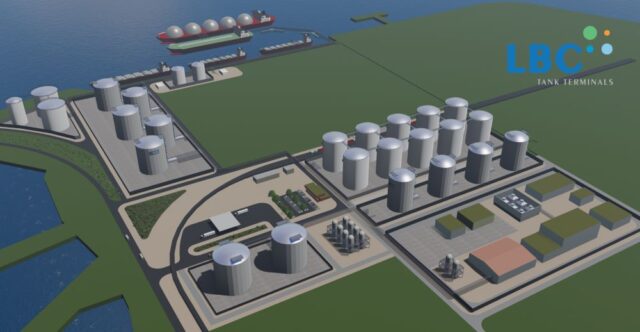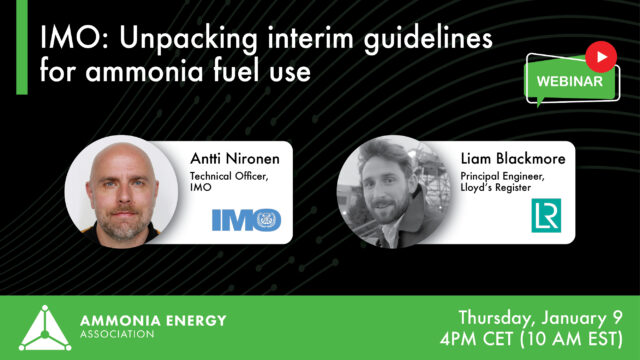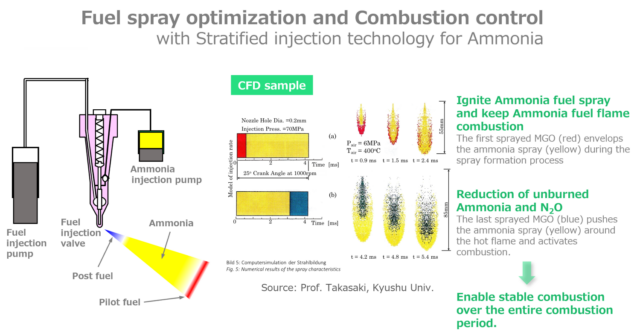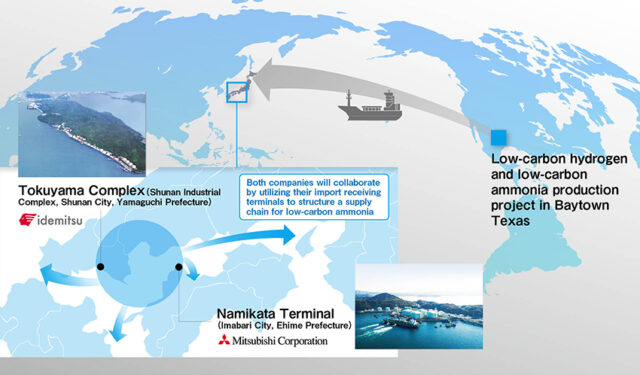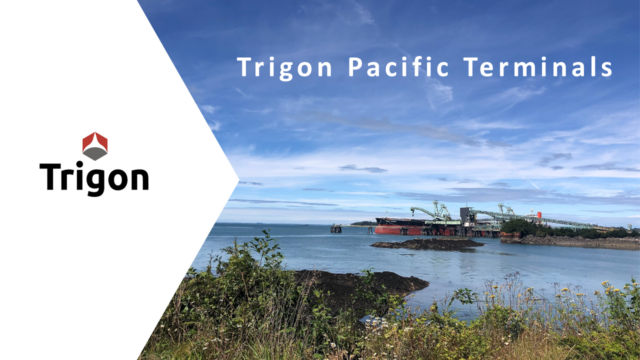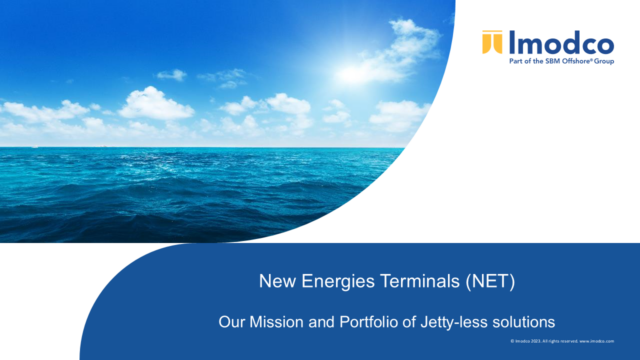Paving the way for ammonia as a marine fuel: insights into the IMO’s Interim Guidelines
To explore the interim fuel guidelines and discuss their implications, we were joined by the IMO and Lloyd’s Register. Properly applied, the new fuel guidelines will ensure that ammonia systems achieve safety standards comparable to those of LNG or other alternative fuel systems, with special provisions made to ensure that ammonia’s hazards are effectively managed well within acceptable risk thresholds.
